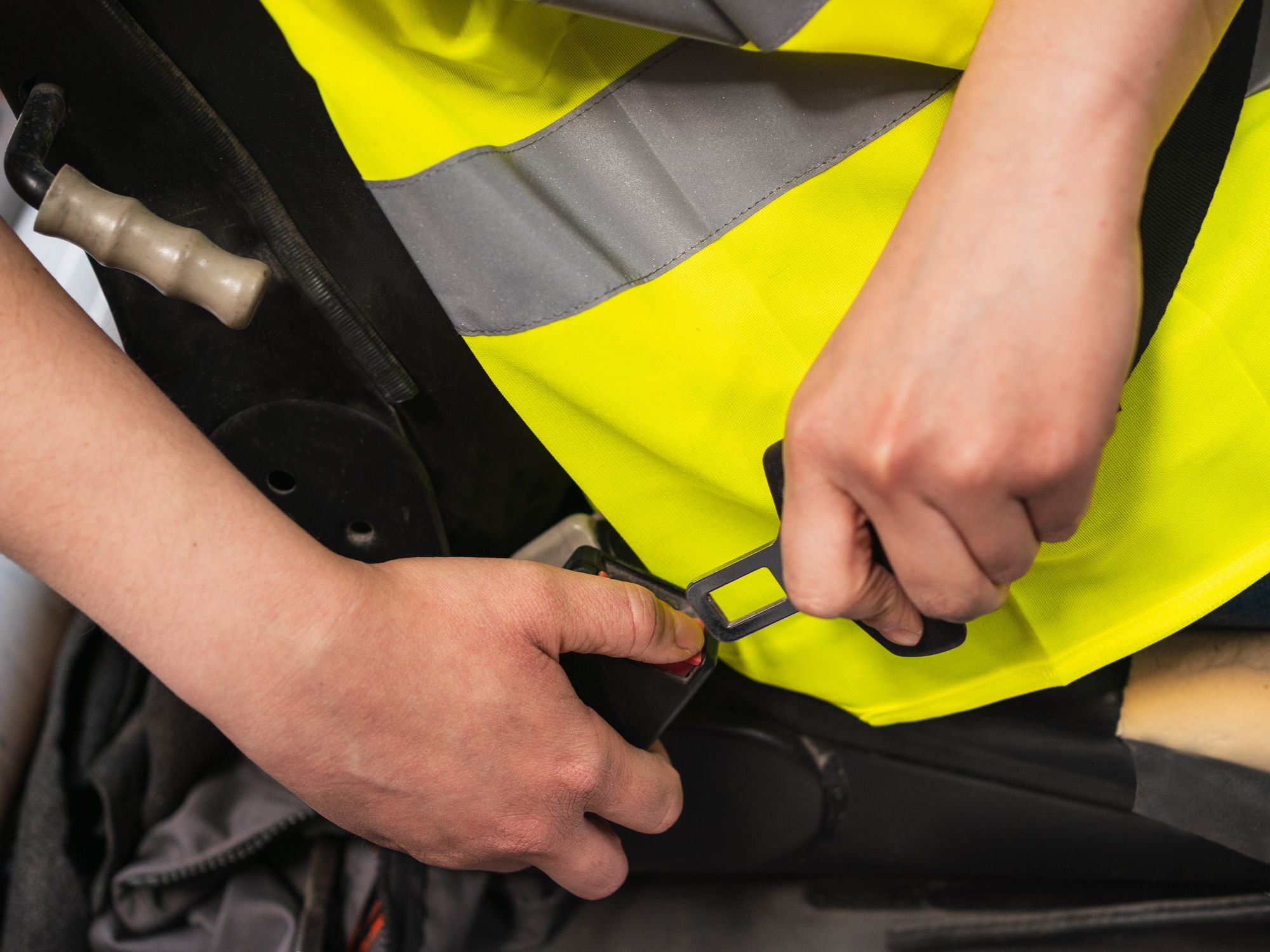InstituteSafety & HealthForklifts and Powered TrucksGeneral Industry SafetyForklifts and Powered TrucksEnglishSafe Operation of PITsAnalysisFocus AreaCompliance and Exceptions (Level 2)USA
What are safe operation requirements?
['Forklifts and Powered Trucks']

- OSHA has specific tips and rules to ensure the safe operation of PITs.
Safe procedures
The Occupational Safety and Health Administration’s (OSHA) Powered Industrial Truck (PIT) standard does provide a few “rules of the road” that operators should adhere to. The key to a successful safety program is setting proper rules, training operators on those rules, and then following up consistently when there are deviations.
The basic rule for traveling is that operators maintain control of the PIT at all times. Other rules include:
- Operators must only operate a forklift while in the seat or operator’s station. The operator should never start it or operate the controls while standing beside the forklift.
- Operators should never allow passengers unless the PIT was designed for a passenger.
- Operators should not put any part of their body between the uprights of the mast, or when traveling, outside of the forklift frame.
- Operators should always look in the direction of travel and keep a clear view of the travel path, and travel in reverse if the load blocks their view.
- Operators should keep a distance of at least three forklift lengths between themselves and any forklift traveling in front of them.
- Operators should not pass a forklift traveling in the same direction if it is at a blind spot, intersection, or other dangerous location.
- Operators should never drive a forklift up to anyone in front of a bench or other fixed object.
- Operators should never allow anyone to walk or stand under the elevated forks, even if the forks are not carrying a load.
- Operators should check that there is adequate clearance under beams, lights, sprinklers, and pipes for the forklift and load to pass.
- Operators should never engage in stunt driving or horseplay.
Load handling
Many incidents can happen during load placement or retrieval. To avoid this, employers should ensure that operators are:
- Making sure the load is stable before picking it up and securing it as necessary;
- Checking that the load fits within the capacity of the PIT, factoring in the highest elevation and extension to be used;
- Placing the forks squarely into the load, with forks spread to keep the load balanced;
- Driving the forks all the way under the load;
- Tilting the mast to stabilize the load and lift;
- Checking the destination or drop off point, refraining from placing heavy loads on light loads, observing stacking heights or limitations if listed on the carton/box, knowing the racking capacities they’ll be using, and checking that racks are in good condition;
- Using a spotter when needed;
- Using access control when needed, either cones or spotter; and
- Placing the load at the destination by squaring up in front of the rack, stack or location, tilting the mast to level, lowering the forks, and backing away.
